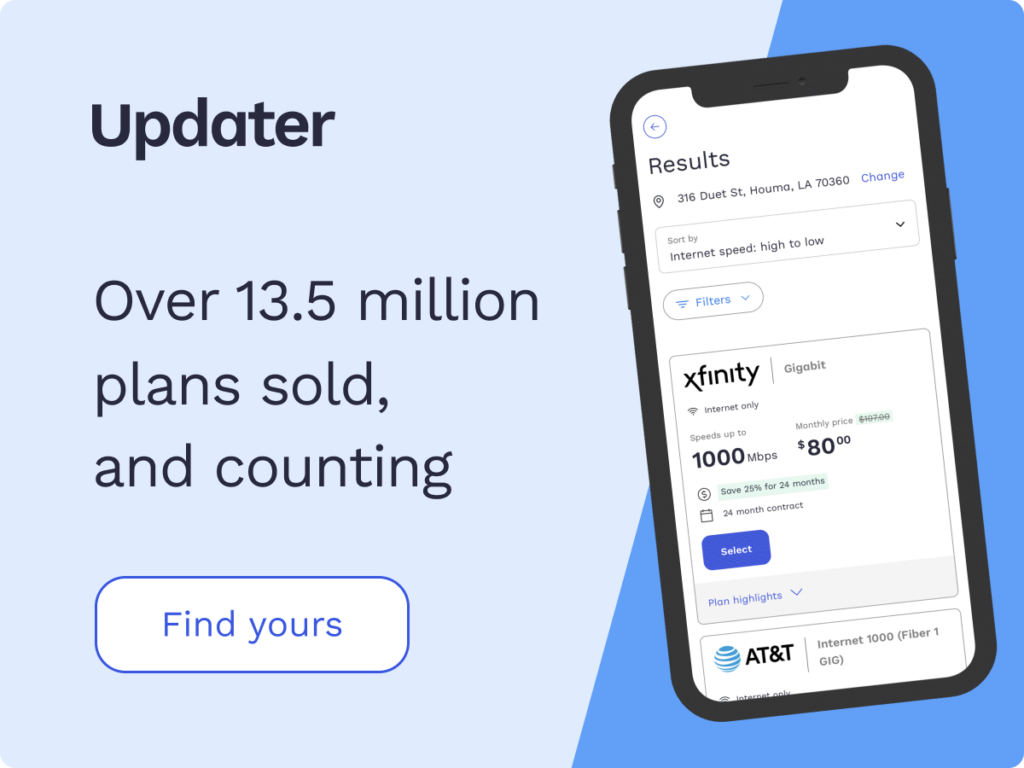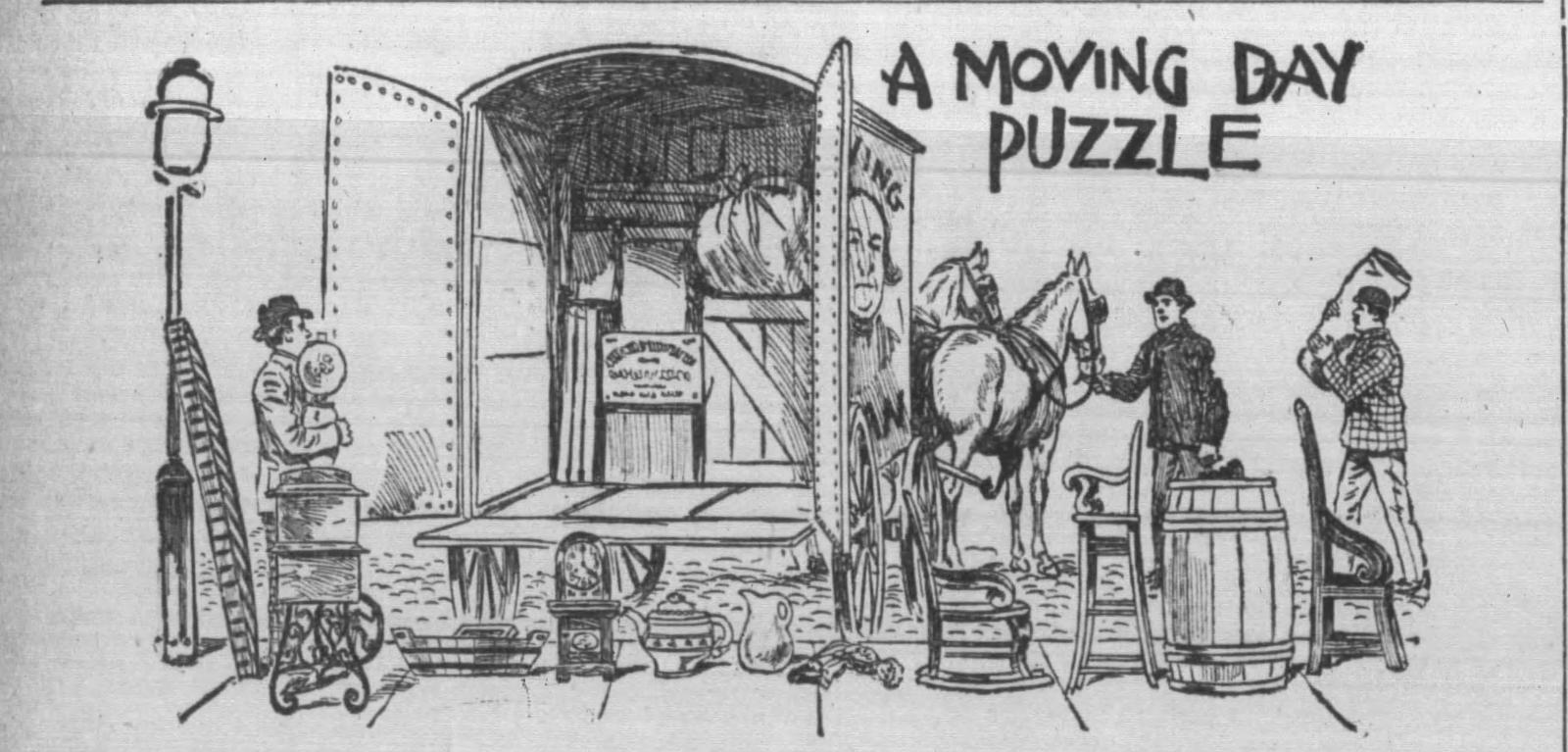A Guide to the Most Connected Cities in the US

The recent lockdowns and travel bans have driven companies to innovate in order to stay open and operational. Now, with the largest shift to remote work in history, there is even more demand for better internet options.
To get a clear picture of the current standards of internet connectivity, we have compared and ranked the best internet-connected cities. Specifically, we put the following factors into consideration: availability of Wi-Fi hotspots, average broadband speed, and access to 3G, 4G, and 5G to determine which places in the US are the best overall for internet connectivity.
- What are the most connected cities and states in the US?
- Availability of popular ISPs in the US
- Frequently asked questions (FAQs)
What are the most connected cities and states in the US?
Let’s explore the most internet-connected cities by household internet subscription with their percentages. According to the Census Bureau data from 2018 here are how things stack up:
Most connected cities
- Seattle, WA – 90.4%
- Salt Lake City, UT – 90.2%
- Denver, CO – 89.9%
- San Jose, CA – 88.9%
- Annapolis, MD – 88.4%
- Trenton, NJ – 87.8%
- Phoenix, AZ – 87.3%
- Honolulu, HI – 86.4%
- Charlotte, NC – 85.7%
- Atlanta, GA – 85.6%
- Jacksonville, FL – 85.5%
- New York City, NY – 85.4%
- Louisville, KY- 85.2%
- Houston, TX – 85.1%
- Columbus, OH – 85.1%
- Oklahoma City, OK – 84.2%
- Nashville, TN – 83.5%
- Charleston, WV – 81.7%
- Jackson, MS – 80.3%
- New Orleans, LA – 79.3%
Most connected states
- Utah – 90%
- Washington – 90%
- Colorado – 89.4%
- California – 88.7%
- Maryland – 88.2%
- New Jersey – 88%
- Arizona – 86.2%
- Hawaii – 85.7%
- New York – 85.3%
- Florida – 85.2%
- Texas – 84.5%
- Ohio – 84.5%
- Georgia – 83.7%
- North Carolina – 83.5%
- Tennessee – 82.1%
- Oklahoma – 81.9%
- Kentucky – 81.7%
- West Virginia – 79%
- Louisiana – 87.1%
- Mississippi – 76.3%
Availability of popular ISPs in the US
Internet service provider (ISP) availability changes often, which is why the FCC updates ISP data twice per year. Using this data, we’ve taken a look into the most available ISPs in the US.
HughesNet
Being the largest residential satellite provider available in all 50 states, HughesNet is accessible to a large portion of the US population with the greatest coverage in California, New York, and Texas. Their speed ranges from 25Mbps to 100Mbps thanks to the “Gen 5” satellite. Apart from offering satellite internet, it also provides home phone services.
EarthLink
EarthLink is currently available in 36 states and offers fiber internet and DSL options to roughly 200 million people, or 63% of the US population. It has the greatest coverage in New York, Texas and California. EarthLink leverages the fiber optic and DSL infrastructure of other providers such as CenturyLink, AT&T, and Frontier, to offer internet services nationwide. As a result, EarthLink boasts the availability of multiple ISPs combined and fiber internet service from EarthLink provides speeds of up to 1000Mbps.
AT&T
Offering access to high-speed internet in 21 states or 41% coverage nationwide, AT&T is likely available near you if you’re located in the South or Midwest US, including parts of California, Nevada, Oklahoma, and Nebraska. AT&T is considered the second-largest residential DSL internet provider, but it also offers fiber services that are now available to more than 7 million customers across its 21-state footprint. Fiber internet speeds from AT&T range from 300Mbps to 5000Mbps.
Xfinity
Available in 39 states with 36% nationwide coverage, Xfinity serves close to 111 million people in areas around the Midwest and Northeast US, with the greatest coverage in Florida, California, and Illinois. Random incidences of serviceability can also be found in the Southern US including areas such as Colorado, Arizona, Utah, and New Mexico. Xfinity is among the largest cable providers but it also offers fiber internet. You can enjoy download speeds that range from 50 to 3000Mbps.
Spectrum
Spectrum is available in 41 states and offers internet service to more than a third of the population in the US. This translates to 33% nationwide coverage in areas on the South, Northeast, the West Coast, and Midwest including Texas, California, and New York. Spectrum provides cable internet, bundled with phone and TV, and download speeds from 200 to 1000Mbps.
Verizon
Verizon Home Internet (DSL service) and Verizon Fios provide internet services to much of the Mid-Atlantic and Northeast US. Verizon internet is available in 9 states with 18% nationwide coverage thanks to its extensive fiber network in areas such as New York, Boston, Philadelphia, Baltimore, and Pittsburgh. Apart from DSL and fiber internet services, Verizon also offers fixed wireless internet in select remote areas, but their primary services remain in the Northeast and Mid-Atlantic. Verizon Fios’ fiber internet delivers fast speeds of up to 940Mbps to more than 37 million people in the US.
CenturyLink
Available in 36 states, CenturyLink is accessible to about 17% of the US population. This is due to the fact that the ISP largely operates in remote and suburban areas. It serves areas in the Southwest, Northwest, and Midwestern US including Minneapolis, Denver, Seattle, Salt Lake City, and Denver.
If CenturyLink is available in your area, there’s a high chance that you will also have access to fiber internet service since 25% of CenturyLink’s network is fiber. DSL services are available to 75% of their customers with speeds of up to 100Mbps.
Frontier
Frontier offers fiber and DSL internet services in 25 states. This translates to 11% nationwide coverage in areas such the Midwest, West Coast, and Southern US. While Frontier’s serviceability is good in the Midwest, you will also have access to their internet service if you live in Connecticut, California, West Virginia, and upstate New York.
Despite losing all its fiber networks in the Pacific Northwest, Frontier has continued to make an effort to increase its fiber coverage in recent years. Around a third of its customers can access speeds of 25Mbps or higher, while 11% of those in Frontier service areas can access speeds of 100Mbps or more.
Cox Communications
Being the third-largest cable television provider in the US, Cox offers internet services to about 7% of the US population across 18 states. Cox internet is available in the Central, Northwest, and Southwestern US including areas such as New Orleans, Phoenix, Las Vegas, San Diego, Oklahoma City, and anywhere in the state of Rhode Island.
Much of the Cox network is cable/fiber or cable only, but it also includes a larger fiber network with 5% coverage. Cox customers can enjoy speeds of up to 1000Mbps in all areas covered by their fiber internet services.
Rise Broadband
Rise Broadband is considered the largest fixed wireless broadband provider and caters to rural areas in 16 states. With 6% nationwide coverage, Rise Broadband is common in rural parts of Nevada, Idaho, and Texas and other areas of the Central US. Over 83% of users of Rise Broadband can enjoy speeds of between 25 and 50Mbps. They also offer unlimited plans for an extra cost.
Altice brands (Optimum and Suddenlink)
Suddenlink and Optimum, both from the Altice brand, offer fiber and cable internet services to four states: New York, Connecticut, Pennsylvania, and New Jersey. Altice offers 6% nationwide coverage. Suddenlink is available everywhere outside of Pennsylvania and the greater New York area while Optimum covers a large area in parts of Pennsylvania and parts of the greater NYC area. West Virginia has the greatest Suddenlink availability, but customers living in parts of Texas, Louisiana, and Arkansas may also find Suddenlink service in their area.
While Altice brands primarily use cable/fiber or cable networks to deliver their services, the brand has also invested in expanding fiber availability in recent years. For instance, Optimum now offers fiber service to over one million customers in New York City.
Kinetic by Windstream
Kinetic offers DSL, fiber, cable, and fixed wireless internet services in rural and suburban areas in the South, Midwest, and Southwestern US. Kinetic fiber internet is available in 18 states, while DSL is available in 50 states. While Kinetic internet is available in rural areas in the Midwest and South, its coverage may reach as far as New Mexico. Kinetic’s main serviceability is in parts of Georgia, New Mexico, Texas, and Iowa, but you can also access its fiber network in parts of New York, Ohio, Arkansas, Pennsylvania, and North Carolina.
Kinetic DSL offers speeds of up to 25Mbps for more in 85 percent of areas covered. More than 64% of customers can access up to 100Mbps, while 8% can access speeds of up to 250Mbps.
Mediacom
With nationwide coverage in 22 states, Mediacom offers internet services primarily in the Midwestern US. However, you can also access Mediacom internet in parts of Georgia, Delaware, Maryland, and North Carolina. Mediacom is available to 2% of the US population with most of its service being cable internet.
Frequently asked questions (FAQs)
What kind of ISPs are available in my area?
Common types of internet available in urban areas are cable and DSL while rural and suburban areas typically have access to either satellite or DSL internet. Recently, more ISPs are offering fiber and fixed wireless internet service, but coverage is limited to some areas compared to cable, DSL, and satellite that are available in most parts of the country.
Which area of the US has the highest internet penetration?
The regions with the highest internet penetration rate in the US are the Pacific Northwest (Washington, Oregon) with 68%, the Atlantic seaboard (Maine, Connecticut, Rhode Island, Massachusetts, Vermont, New Hampshire) with 66%, and California with 65%.
Why are there limited internet options in my area?
The number of internet options may be limited in some regions because of the high cost of expansion into new areas. It’s also hard for new companies to enter the highly competitive broadband market. As a result, most areas may only have one or two providers to choose from.
There are places such as New York City, Los Angeles, and Kansas City that have a wide selection of ISPs. But many cities have only one or two providers. For instance, while cable internet may be accessible to 89% of the US, only 7% can access more than one cable ISP. Similarly, while 43% of customers in the US can access fiber internet, less than 3% have access to more than one ISP.
What internet speeds can I get in the US?
DSL internet services in the US offer speeds of up to 100Mbps, cable internet services provide speeds of up to 1000Mbps, and fiber-optic internet offers speed ranging from 50 to 5000Mbps. If you’re using satellite service, you can expect speeds of between 12 and 100Mbps. It’s important to note that internet service in rural areas may be slower than most other types of connection, typically offering speed ranges of 25 to 100Mbps.
*Pricing varies by location and availability. Speeds may vary. All prices subject to change; for current pricing and availability visit our internet service page. Prices as of 5/16/22.
Disclosure | Updater articles are based on our own data and research, independent from partner relationships. We are not compensated by partners for information and opinions presented here. Our Editorial Terms of Service can be found here.














